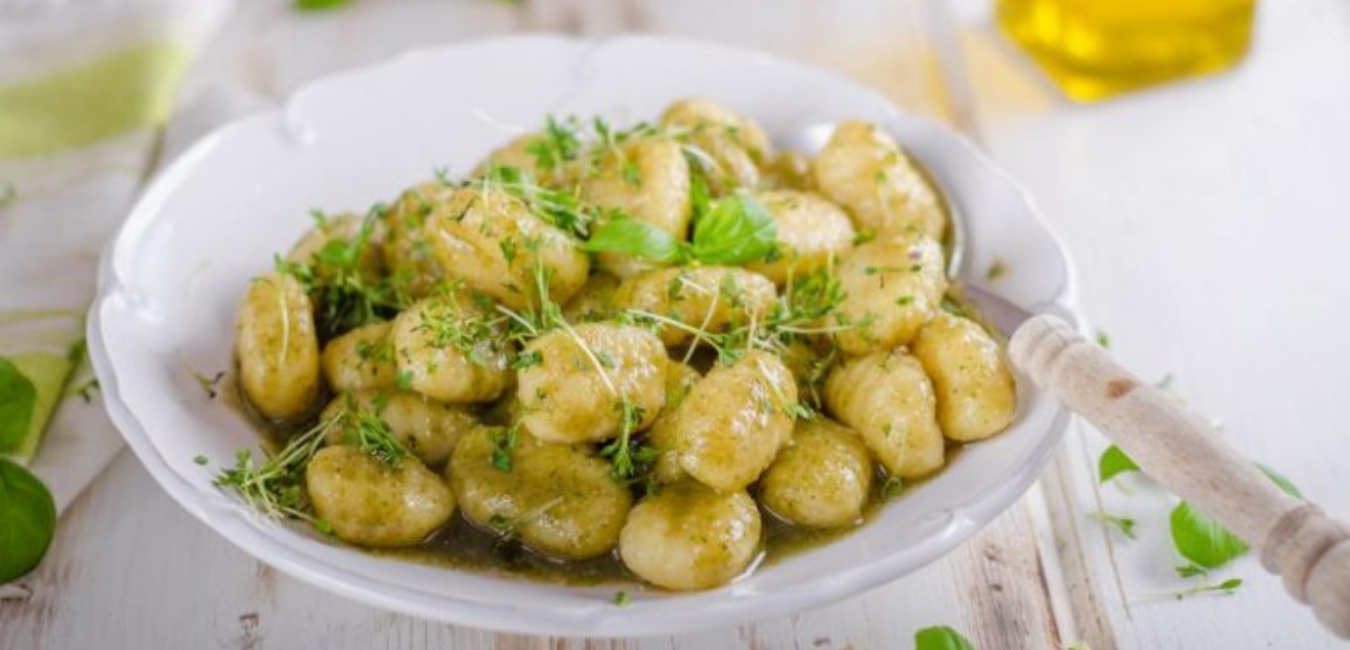Japan’s matcha green tea industry adapts to soaring global demand
Matcha can do it all: Fixture of the Japanese tea ceremony, beverage of choice for social media’s hip young things, and a mainstay in cafes the world over. But the boom is not without its challenges. Japan’s farmers are struggling to meet demand while maintaining the standards and traditions that give the green powder it’s unquestionable allure.
Tokyo’s annual Matcha Green Tea Marche has something for everyone: traditional whisked tea, ice cream and confectionery, plus some unusual offerings such as beer and curry.
The many foreign visitors at the event in March reflect matcha’s rising popularity. One family visiting from the United States came straight from the airport.
Influencers
California-based Eric Gower, who imports and trades matcha, attributes the boom to influencers on social media.
He says the posts make the product irresistible, along the lines of: “It’s going to make you calm and serene…have this perfect body, and you look cool while you drink it. It’s beautiful and it’s a fairly compelling story.”
Producers grapple with soaring demand
Last year, Japan exported over 250 million dollars in green tea, more than double the figure a decade ago. Globally, the matcha market is now worth an estimated 4.2 billion dollars.
Suppliers in Japan are scrambling to keep up. They include CHATO in Shizuoka Prefecture, which had to build another factory to handle new orders.
The firm’s main export markets are the United States and Germany, but chairperson Kato Shigeki says enquiries are now flooding in from other countries. Often, he has no choice but to turn them away.
Making tea is labor intensive, and some Japanese producers are starting to rely more on automation in light of the nation’s chronic shortage of workers.
Gower says he was warned at the start of the year that he might not be able to meet orders: “You’ve got these people with credit cards out wanting to buy really nice matcha, and you can’t fulfill it.”
New competition could lower prices
Supply crunches and a lack of workers aren’t the only challenges for Japan. Countries such as China, South Korea and Vietnam are also producing matcha, and that makes the industry increasingly competitive.
University of Shizuoka Professor Nakamura Yoriyuki, an agricultural science expert who has been monitoring the matcha market for decades, says Japan’s domestic producers need to tread carefully. With so many new market players, prices could drop sharply.
Japan’s tea ceremony a big draw
Still, Japan’s domestic industry has several ace cards, including authenticity and quality. What’s more, the traditional tea ceremony, called sado, is a popular activity for tourists.
One tea master in Tokyo, Takeda Rie, says participation in her ceremonies is up fourfold compared with last year. The hour-long session caters to refined tastes, and participants are offered much more than a drink.
“The bitterness of this matcha enhances the floral and fruity flavors of the tea instead of overpowering or hiding them,” says one American participant.
“The matcha we use is aged for six months, placed in a jar, and further matured,” says Takeda. “It brings out the true depth. We offer this experience so people can taste that difference.”
Takeda’s ceremonies take place in a traditional tatami-mat tearoom, offering a tranquil escape from the bustling city. The entrance is so low that guests have to crouch down to get inside ― a feature designed to foster humility and respect.
Japan’s government providing support
The heightened global demand for matcha has put Japan’s producers at a crossroads. But help is at hand from the central government. The agriculture ministry is providing subsidies to farmers who expand their green tea orchards or start growing matcha-quality leaves.
Success will likely hinge on boosting exports, without compromising on the quality that makes Japan’s matcha oh-so moreish.
Source link
Share this article:





















